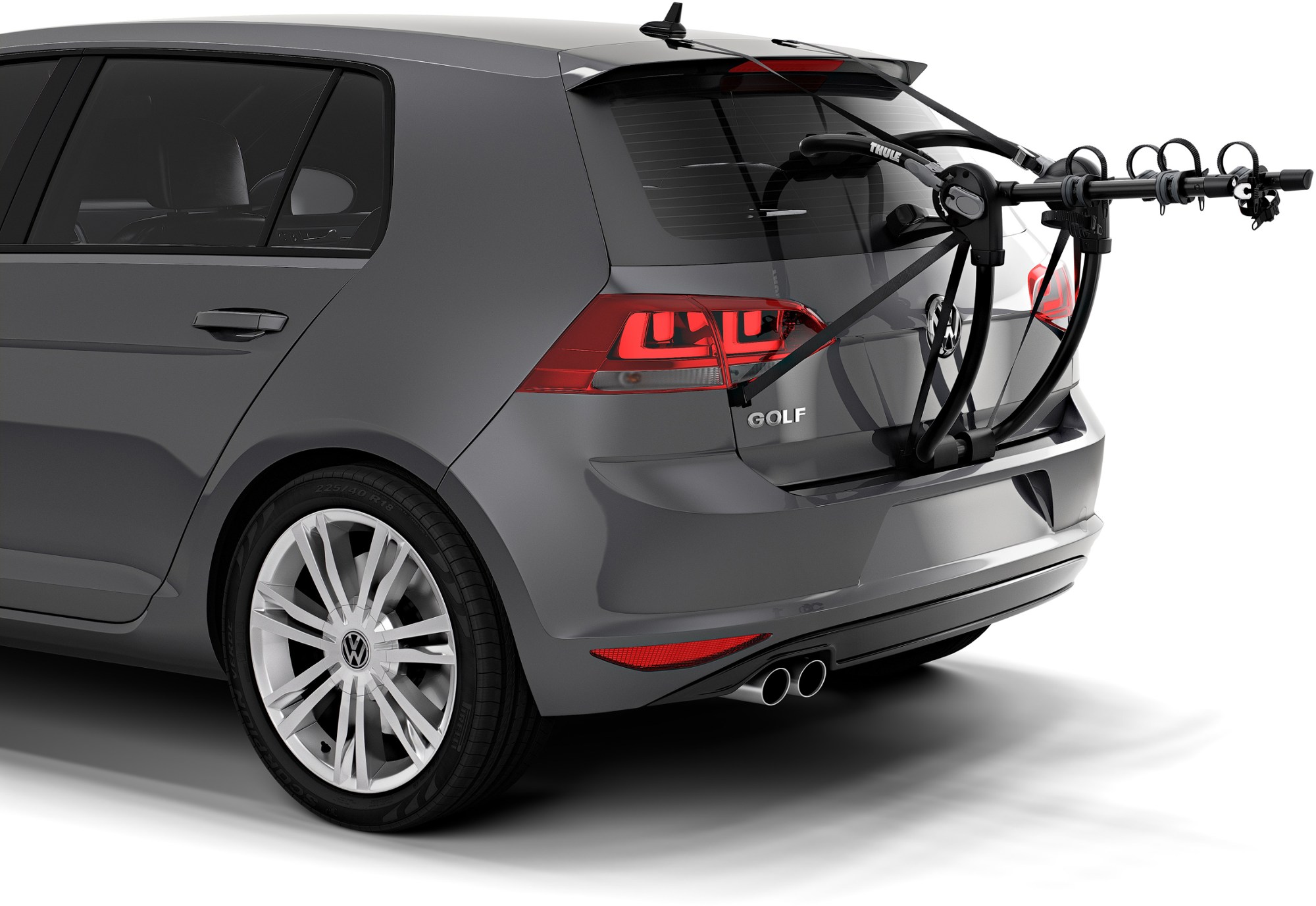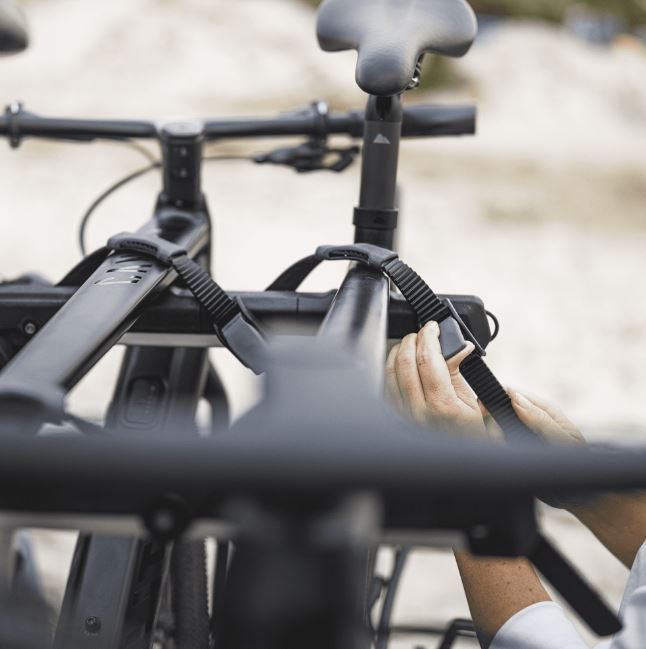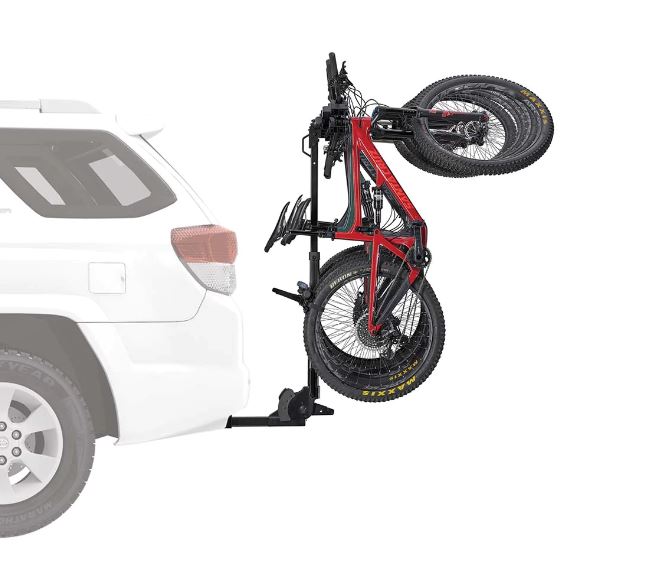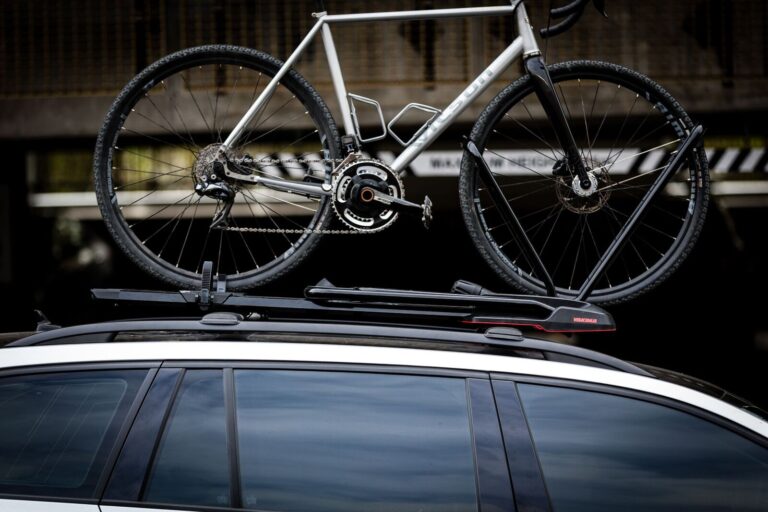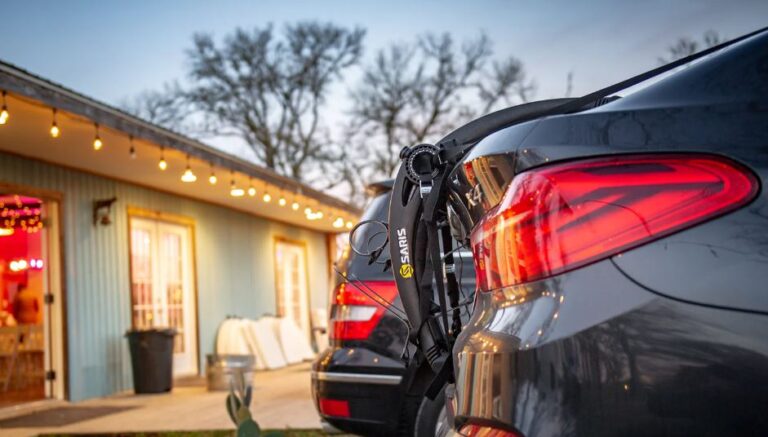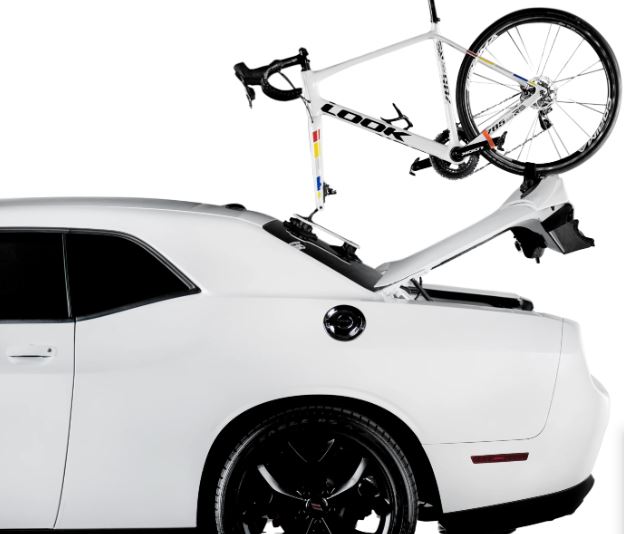Choosing a Bike Rack for Your Vehicle: Vehicle Compatibility and Selection Process
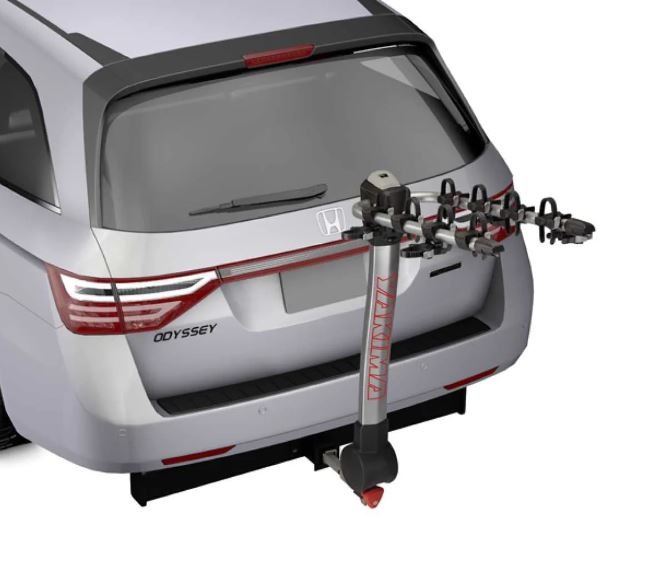
Key Point Summary of Choosing a Bike Rack for Your Vehicle:
- Assess Your Needs: Consider the number of bikes, types of bikes, and frequency of use.
- Vehicle Compatibility: Ensure the rack fits your specific vehicle model and type.
- Rack Types: Understand the differences between hitch, trunk, and roof racks.
- Ease of Use: Consider how easy it is to load and unload your bikes.
Embarking on cycling adventures often begins with a crucial step: transporting your bike safely and efficiently from point A to point B. As a masters cyclist with years of experience navigating various terrains and cycling disciplines, I’ve learned that the right bike rack can make all the difference.
Whether you’re heading to a local trail or a distant competition, understanding how to choose a bike rack for your vehicle is essential. Here’s a guide tailored for cyclists at the beginner to mid-level, focusing on vehicle compatibility and the selection process.
Understanding Your Needs
The first step in choosing a bike rack is to assess your specific needs. How many bikes will you typically transport? Do you have specialty bikes that may require additional considerations, such as carbon frames or fat tires? Additionally, consider how often you plan to use the rack. Frequent use may justify investing in a higher-end model that offers ease of use and durability.
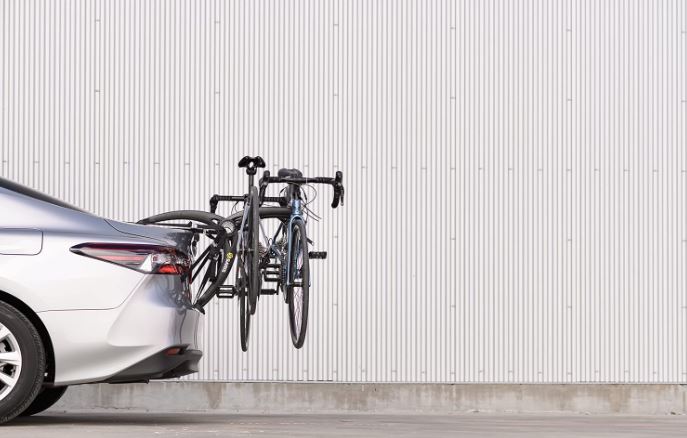
Vehicle Compatibility
Not all bike racks fit all vehicles. The compatibility of the rack with your vehicle is paramount. Hitch-mounted racks require a hitch receiver, trunk-mounted racks need a suitable surface for secure attachment, and roof racks may require existing crossbars or a specific mounting system. Always check the manufacturer’s specifications against your vehicle’s make and model to ensure a proper fit.
Exploring Rack Types
Hitch-Mounted Racks: Ideal for frequent users and those transporting several bikes. They offer easy loading at a manageable height and generally do not require lifting bikes over the vehicle. However, they require your vehicle to have an appropriate hitch receiver.
Trunk-Mounted Racks: A versatile and typically more affordable option that can fit a wide range of vehicles. These racks are great for occasional use but may limit access to the trunk or rear hatch.
Roof-Mounted Racks: Perfect for vehicles with existing roof bars and for cyclists who need access to the vehicle’s rear. They can accommodate different types of gear but require lifting bikes onto the roof, which might be challenging for heavier models.
Prioritizing Ease of Use
Consider how each type of rack will fit into your cycling routine. Hitch and trunk racks generally offer simpler loading processes, making them suitable for solo outings or quick getaways. Roof racks, while providing unmatched versatility, may require more effort to load and unload, especially for smaller cyclists or those with heavier bikes.
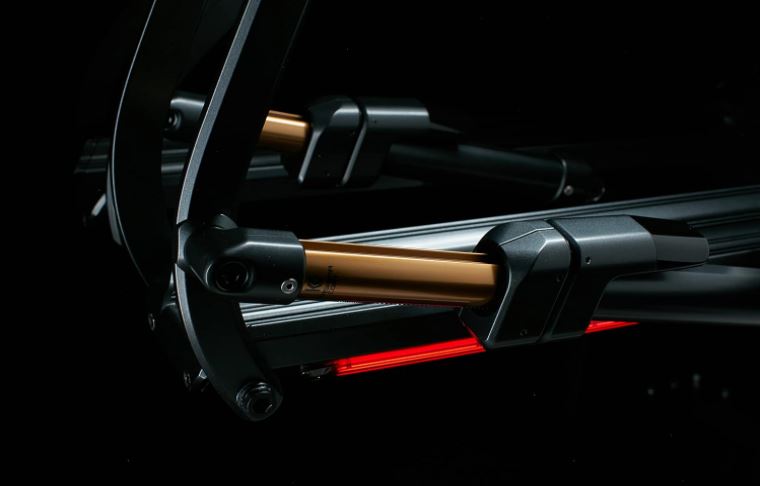
Security and Protection
A crucial aspect often overlooked is how well the rack secures your bikes during transport and whether it offers locking capabilities to deter theft. Additionally, consider how the rack and its mounting system protect your vehicle and bikes from scratches or other damage.
Final Thoughts
Selecting the right bike rack involves careful consideration of your cycling habits, vehicle specifications, and the features that matter most to you. Whether you prioritize ease of loading, versatility, or security, there’s a rack system designed to meet your needs. The best rack is the one that seamlessly integrates into your life, encouraging more rides and greater adventures on two wheels.
Choosing the best bike rack depends on various factors including vehicle compatibility, number of bikes, bike types, and personal preferences. However, based on general criteria of versatility, ease of use, and reliability, here’s a top pick in each category:
- Hitch-Mounted Rack: The Küat NV 2.0 impresses with its premium build quality, integrated cable locks, and a built-in repair stand for on-the-go maintenance. It’s user-friendly, accommodating up to four bikes with an add-on, and fits a wide range of tire sizes and bike types, including e-bikes.
- Trunk-Mounted Rack: The Thule Gateway Pro 2 is known for its robust, secure attachment to a variety of vehicle types, including those with spoilers. Its unique FitDial system ensures a perfect fit to your vehicle, while the anti-sway cradles prevent bike-to-bike contact during transport.
- Roof-Mounted Rack: The RockyMounts Tomahawk stands out for its versatility and ease of use, capable of carrying nearly any type of bike without frame contact. It’s also noted for its affordability compared to other roof racks, making it a great value without sacrificing quality or security.
Each of these racks excels in its category, providing dependable solutions to meet the needs of most cyclists looking for convenience, security, and vehicle compatibility.
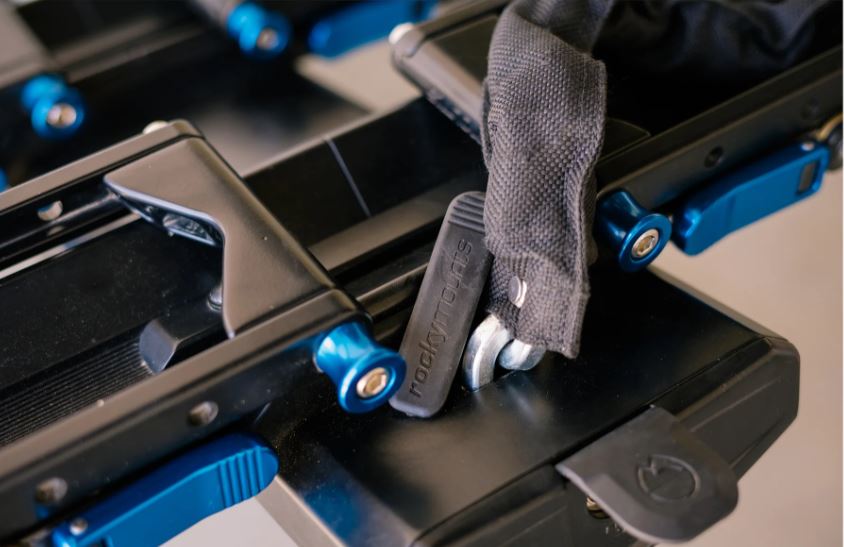
FAQ
How do I choose a bike rack for my car?
Consider the number of bikes you need to transport, your vehicle type (hitch size, presence of a roof rack, etc.), the types of bikes (e.g., road, mountain, e-bike), and how often you plan to use the rack. Balance these factors with the ease of loading bikes, security features, and your budget.
What type of bike rack is best for an SUV?
Hitch-mounted racks are generally the best option for an SUV due to their ease of loading, ability to carry multiple bikes, and minimal impact on vehicle aerodynamics. They are compatible with most SUVs that have a hitch receiver.
What makes a good bike rack?
A good bike rack securely holds your bikes without damaging the vehicle or bikes. It should fit your vehicle properly, be easy to load and unload, offer robust security features to deter theft, and be durable enough to withstand the rigors of travel and weather conditions.
What is better a hanging or platform bike rack?
Platform bike racks are generally better for stability, ease of loading/unloading, and minimizing bike-to-bike contact, making them ideal for heavier bikes or bikes with non-traditional frames. Hanging racks can be more cost-effective and lighter, suitable for lighter bikes and infrequent use.
Is a trunk bike rack better than a hitch?
Hitch bike racks are typically better than trunk bike racks as they offer greater stability, easier access to bikes, and do not rest on the vehicle’s body, reducing the risk of damage. They’re also better for carrying multiple bikes securely. Trunk racks, however, can be more affordable and are versatile across different vehicles without the need for a hitch.
